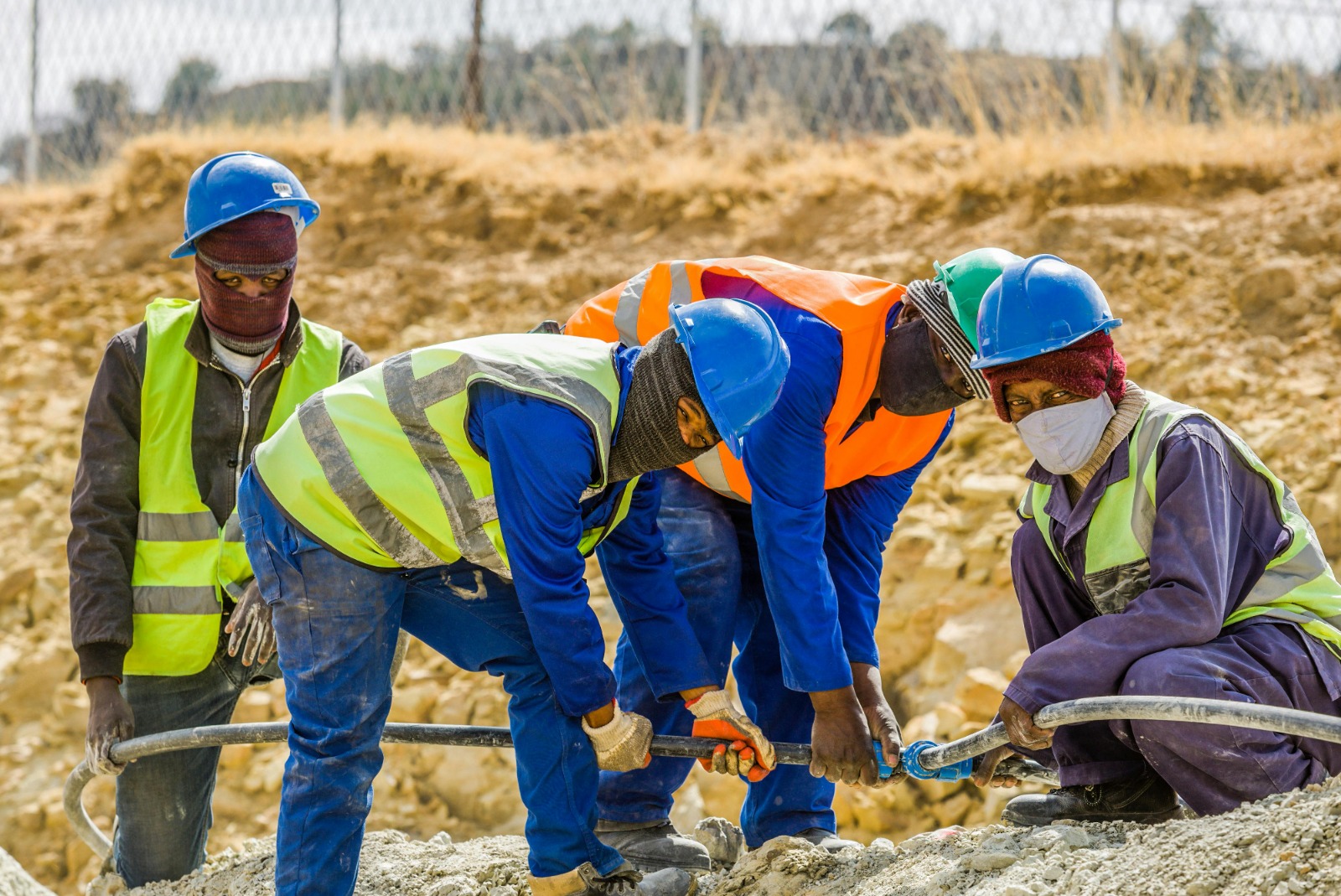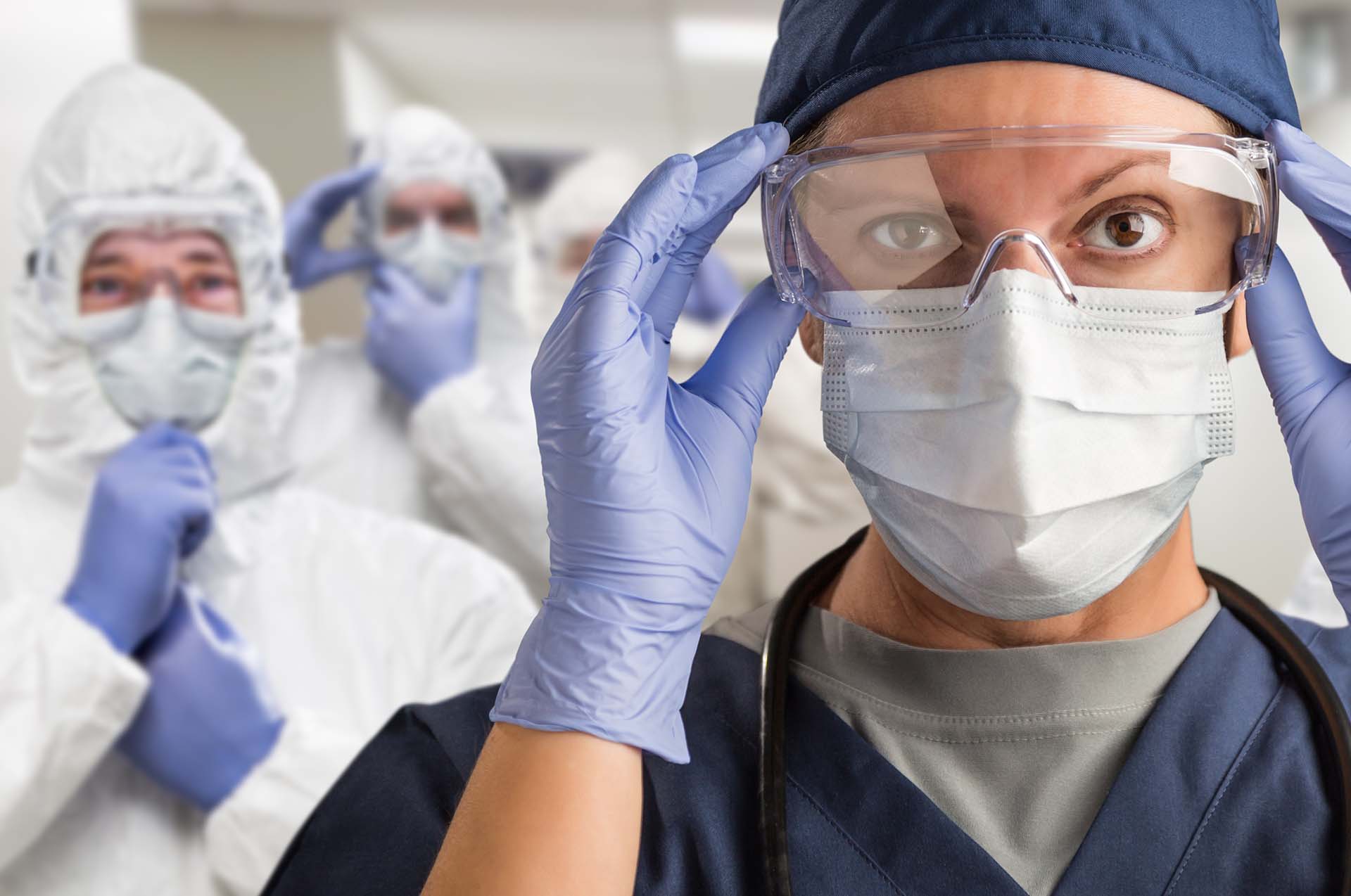Blog Post
THE CRUCIAL ROLES OF PPE CLOTHING IN ENSURING SAFETY AND WELL-BEING IN THE WORKPLACE.
In various industries, the significance of Personal Protective Equipment (PPE) cannot be overstated. Among the various components of PPE, specialized clothing plays a pivotal role in safeguarding workers from potential hazards. This blog delves into the importance of working PPE clothing, exploring its diverse applications and highlighting its contribution to ensuring the safety and well-being of employees across different sectors.
Here are the various roles of Personal Protective Equipment-;
Protection Against Physical Hazards:PPE clothing serves as a shield against a range of physical hazards such as cuts, abrasions, and punctures. Industries like construction, manufacturing, and agriculture expose workers to these risks, making durable and well-designed PPE clothing essential for minimizing injuries.
Defending Against Chemical Exposure:In environments where exposure to hazardous chemicals is a concern, PPE clothing acts as a barrier. Chemical-resistant suits, gloves, and aprons are examples of PPE that play a critical role in protecting workers from harmful substances.
Thermal Protection:Certain occupations involve exposure to extreme temperatures, either high or low. PPE clothing designed for thermal protection ensures that workers remain comfortable and safe in environments with heat or cold stress. This is particularly crucial in industries like foundries, firefighting, or cold storage facilities.
Preventing Contamination:In healthcare, laboratories, and cleanroom environments, PPE clothing is essential to prevent the spread of contaminants. This includes items such as gowns, masks, and gloves that are designed to maintain a sterile and controlled environment, minimizing the risk of infections and cross-contamination.
Enhancing Visibility and Identification:In sectors where visibility is crucial for safety, such as construction sites or roadwork zones, PPE clothing with reflective elements ensures that workers remain visible even in low-light conditions. Additionally, color-coded PPE helps in easy identification of specific roles or responsibilities on a worksite.
Comfort and Ergonomics:While the primary focus of PPE clothing is safety, advancements in technology and design have led to the development of ergonomic and comfortable options. This not only ensures compliance with safety standards but also promotes worker satisfaction and productivity.
Compliance with Regulations:Many industries are subject to stringent safety regulations, and adherence to these standards is mandatory. PPE clothing is often a key component of compliance, and employers must provide and ensure the proper usage of such equipment to protect their workforce.
In conclusion, the role of PPE clothing in the workplace is multifaceted, encompassing protection against various hazards and promoting overall worker well-being. Employers must prioritize the selection, provision, and proper usage of PPE clothing to create a safe and secure working environment. By doing so, they not only adhere to regulatory requirements but also demonstrate a commitment to the health and safety of their employees.



